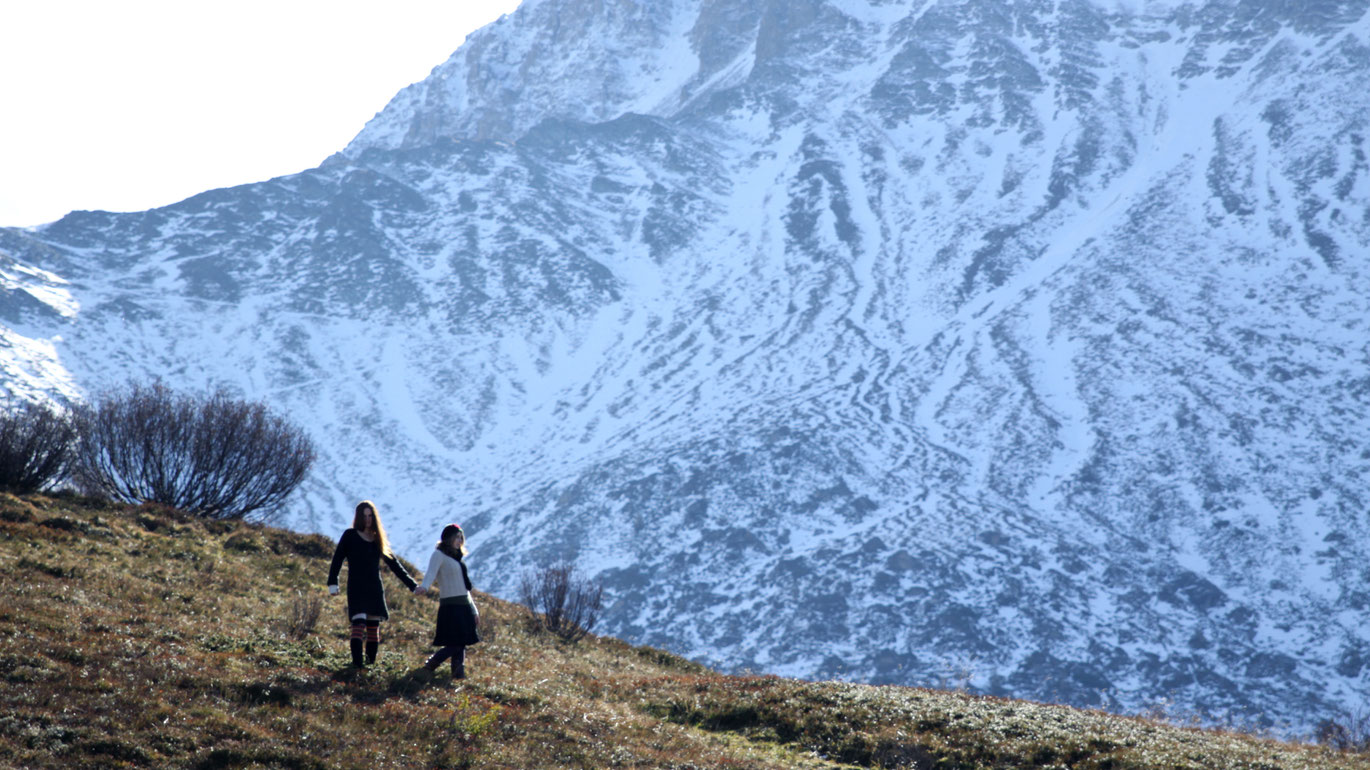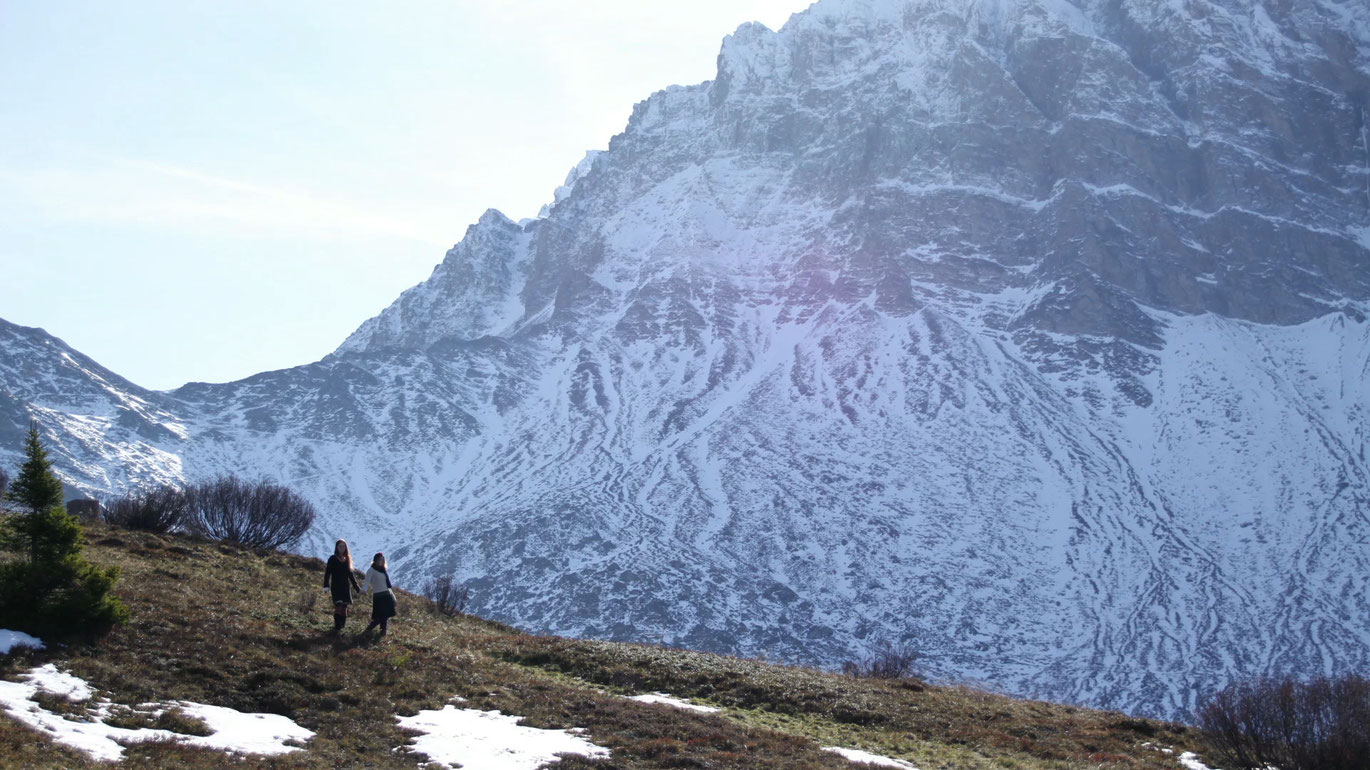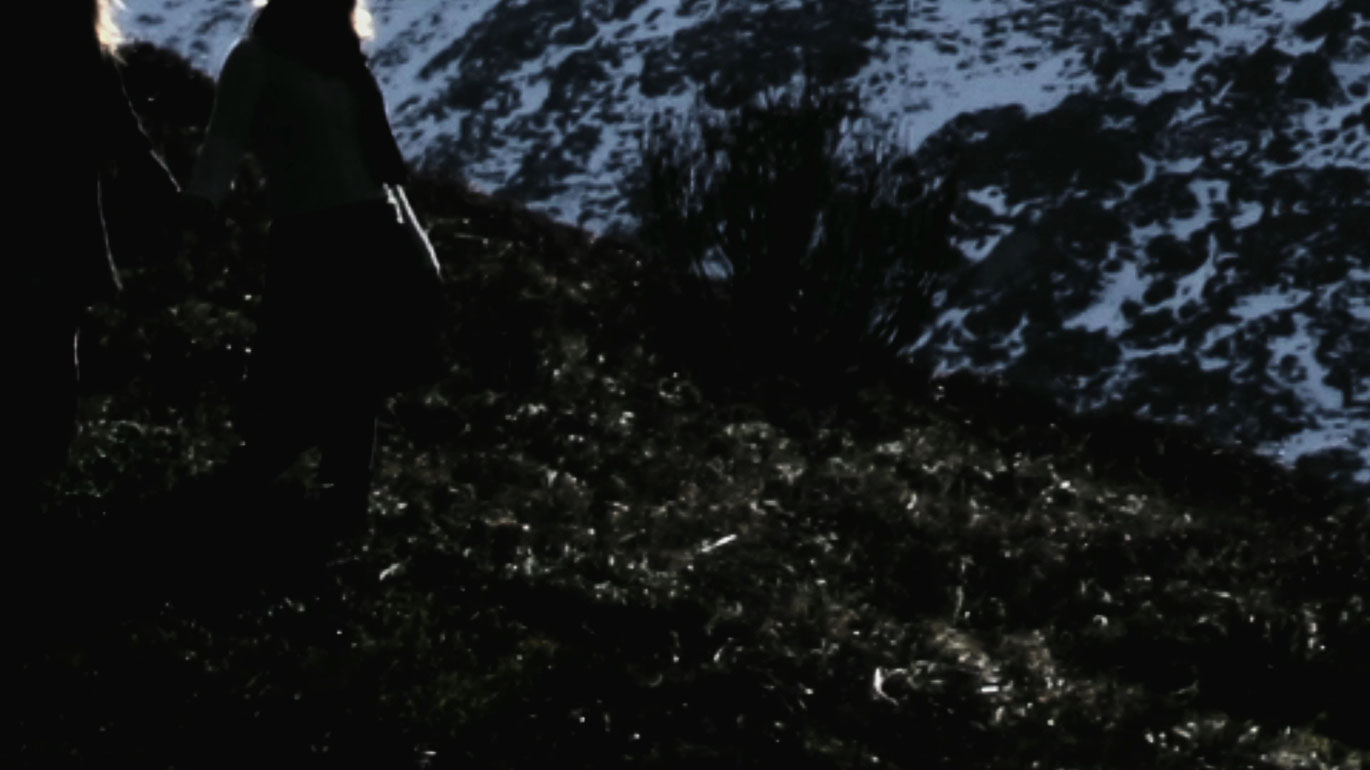Erdkörper (suns of temper)
Embodying the tremor of time: the recent work of Ben Pointeker
by Frans-Willem Korsten
Since Roland Barthes´ famous study on the topic, the difference between photograph and film has been defined in relation to death and life. Whereas photographs grab a moment out of the life of living (human) beings, as a result of which these remain ever dead within the grabbed and lifeless moment, film is supposed to capture life in its flux, in its movement. It is not very hard to realize that this distinction concerns either an argument based on false analogy, or our falling for a rather transparent magician´s trick. The very fact that a film follows our movement and thereby is analogous to that lively movement does not mean that film is able to capture ‘life’ as opposed to ‘death’. Technically speaking, film allows us to manipulate the viewer´s experience in such a way that grabbed moments of death appear to be the flux of living. It is both this false analogy or the trick of a skilled magician that Pointeker´s work is able to avoid because it is an intense exploration of the notion of time.
If time stops, a living being is dead; but what is time? In terms of physics, the latest insight is that time is the click-wise (one would be tempted to say clock-wise) transition of one quantum-state of affairs to the other. In terms of narrative this would mean that time is defined in terms of the event, as a change of situation: First you are alive, then you are dead.
If this is the case, then time, really, is the moment of change. Time concerns the very moment at which the situation is on the verge of changing, or in the moment of changing. It is this moment that Ben Pointeker wants to capture – no, that is not possible. Having captured it, life will have shifted to death. The moment of change is the moment that Pointeker wants to ‘en-live’ in his work of art.
The ‘momentous’ quality of Pointeker´s work is emphasized by a tension between two modes of ‘passing time’. On the one hand there is the side of a mountain that has been inscribed by time. In a sense the mountain side is a text that invites us to read time, and as such the image is stable, as a text that is to be read and that can be reread. The mountainside embodies the depth of time. At the other side there is the glimpse of a moment. The sun has been rising and very briefly one specific spot of the mountainside was enlightened as an orange triangle. You would have to have been there. It is a glimpse, nothing more. The orange triangle embodies the momentous flux and impossible grasp-ability of time.
In-between this depth and flux there are two human beings, perhaps there were three (did you see the third one?). They live on the verge of living and dying, in the state of changing from one state into another. If we connect to them, we embody the tremor of time, as they do. Nothing happens. We are simply on the verge of living and dying.
This is why Pointeker´s work is momentous, and as a result it is almost ungraspable. You should see it for that very reason.
Erdkörper (suns of temper)
2011
Austria, Netherlands
7 min



